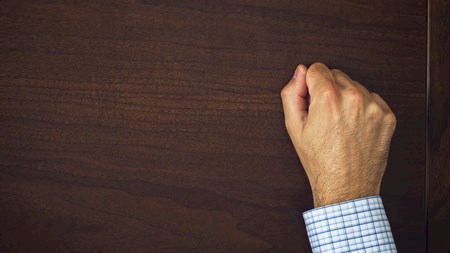It’s no secret that many modern developments lack the space and gracious ambience that most older homes are imbued with. Generally speaking, older homes in established suburbs feature sprawling gardens and entertainment areas, large pools and generously proportioned rooms, all of which appeal greatly to big families. But as picture-perfect as these properties may look, it’s important to realise they may also harbour age-related problems that can prove costly to remedy.
Purchasing a property is one of the most expensive undertakings you will ever embark on, so the last thing you want to end up with is a house that costs more than you anticipated post-sale. Such scenarios typically arise when buyers don’t utilise the services of professional home inspectors. The fact that you will probably have signed disclosure documents further exacerbates the situation as doing so effectively waives any right to damage claims – although such cases can, and are, being argued in court.
According to Eric Bell of Inspect-a-Home, disclosure documents ask buyers to sign off on key areas such as roofing, geyser condition, wiring and damp. These can harbour latent defects that can be difficult, if not impossible, for buyers, sellers and estate agents to spot.
The following are just a few of the issues that can manifest in old homes:
Wooden tongue-in-groove floors: over time, as these floors are sanded by new owners, they may lose a few millimetres. This makes the timber thinner, which can lead to the tongue being exposed and unstable. Eventually, once the tongue is completely exposed, the floor will need to be replaced as it cannot be repaired. In a typical three bedroom house featuring Oregon floors, this could cost up to R250 000.
The condition of the crawl space: in older homes there is often a large crawl space under the house. In many instances these are closed up, which can cause problems as it prevents cross-ventilation, resulting in damp, floor rot and spoors that can cause serious health problems.
Plumbing: given that plumbing is mostly hidden, it can be difficult for a layperson to determine problems. If, for example, the pressure is low when the hot water is turned on it means that the pipes are probably clogged up and/or corroded.
Old wiring: as is the case with anything, wiring wears out – and wiring issues can be problematic as much of it is hidden.
Roof stability: roofs can be particularly tricky to evaluate because they are out of sight and out of mind. Along with structural concerns, insect infestations and damp can prove serious problems in roofs.
Structural cracks: many older homes have cracks, which may not seem serious to the inexperienced eye but may well end up causing structural instability, resulting in a hefty repair bill at a later stage.
Damp: damp is one of the most important aspects to consider when purchasing older homes. Damp can stem from water leaks or water penetration through cracked or porous plaster. Damp by nature is insidious as it often returns if not properly fixed. The most serious type of damp is rising damp which comes up through the foundations. In many cases, damp is covered up with filler paint, making it difficult to spot. According to Bell, to permanently remove rising damp, affected walls need to be stripped of plaster and injected with waterproofing chemicals, re-plastered and painted. Attending to a few rooms in this manner is messy and can cost up R50 000.
Notes Bell: “If you perform an inspection yourself there is no way of knowing for sure that you have spotted any and all of the problems. Unless you are a building professional you cannot truly evaluate the condition of a property, especially through a cursory surface evaluation. Simply put, engage the services of a professional property inspector before you sign an offer to purchase. Doing so will ensure that if your dream house is an oldie, it’s a goodie.”


